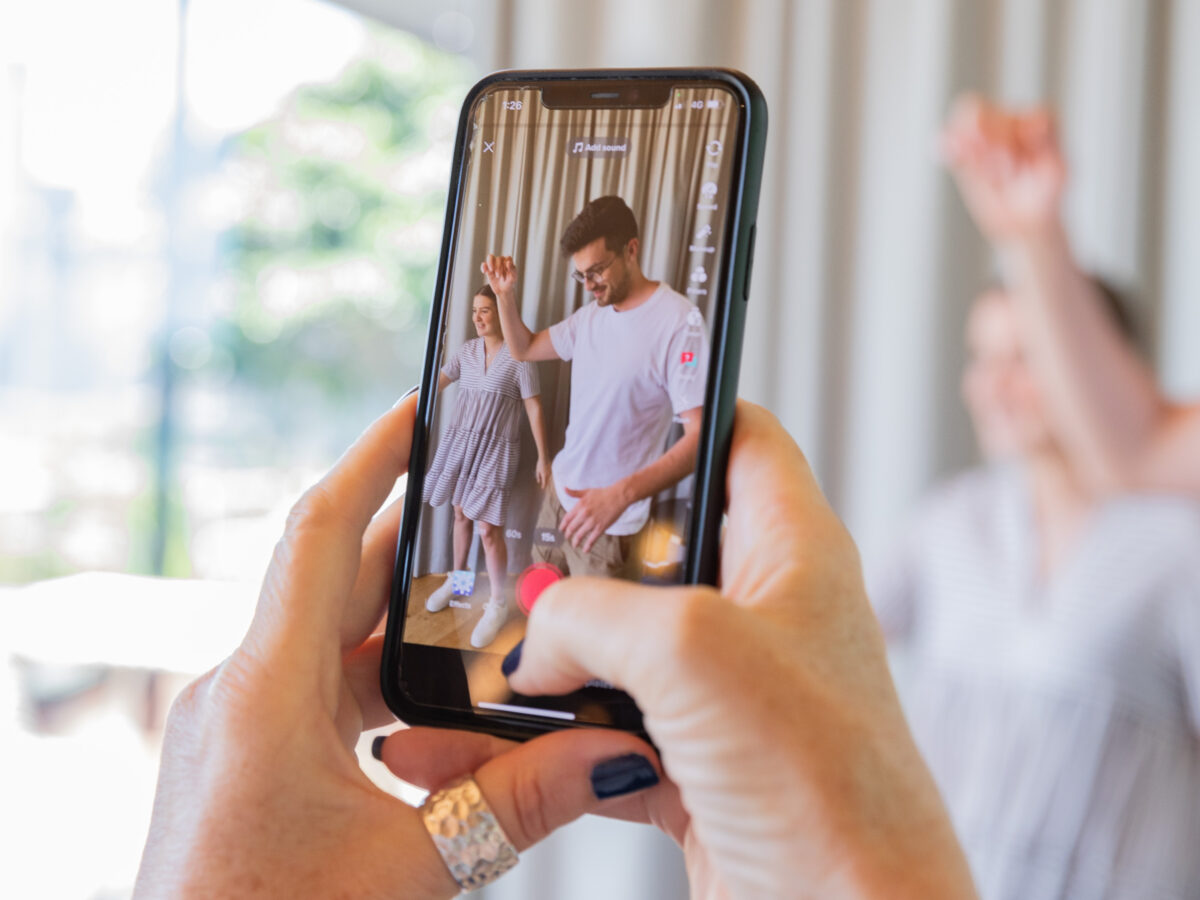As a marketer or business owner, you’re constantly looking for ways to find and connect with potential customers. Marketing is the answer. Of course, this is easier said than done because you have so much competition, and they seem to be doing everything right. However, … Continue reading “7 ways to connect with potential customers through marketing”
11 ways to better engage with Gen Z consumers
If your business is targeting Gen Z consumers, you likely already know that what might work for most consumers won’t necessarily work for this audience group. Roughly speaking, Gen Z includes individuals who were born between 1997 and 2012 and make up about 20 percent … Continue reading “11 ways to better engage with Gen Z consumers”
9 tips to improve social listening and gain customer insights
Social media is a two-way street. Rather than just posting relevant, engaging content, you also have to listen. Enter social listening. In the simplest sense, social listening is essentially audience research. You monitor your brand’s social media channels for any customer feedback, mentions of your … Continue reading “9 tips to improve social listening and gain customer insights”
7 tips to help you determine your target audience
Even if you could afford to target everyone, it’s not a good idea. Why? Because the success of our digital marketing (and business) happens based on determining our target audience and creating a strategy focused on reaching that group of consumers. And no small business … Continue reading “7 tips to help you determine your target audience”
Use audience segmentation to generate leads
A segment is a grouping of your audience who share common attributes. Segmentation helps you get the right message to the right people. Examples of segments include people in a 30-day trial who have not completed a purchase or customers whose membership expires next month. … Continue reading “Use audience segmentation to generate leads”





